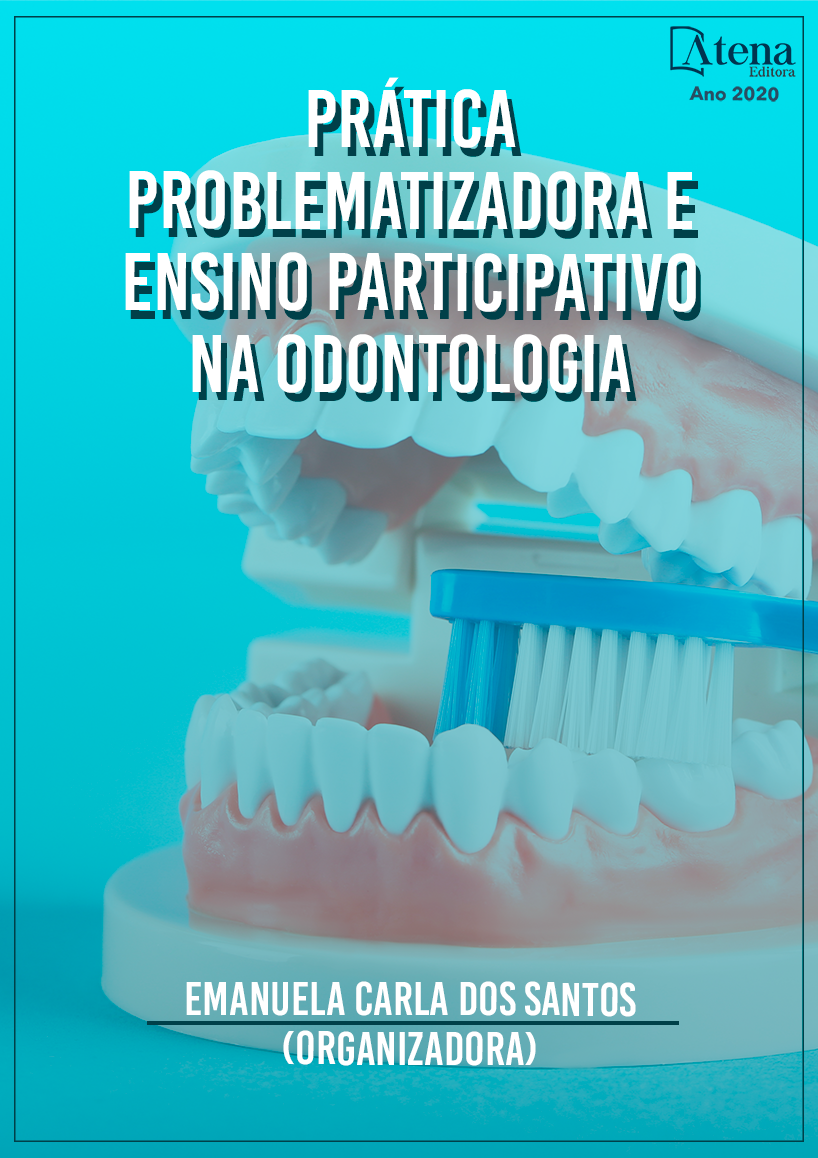
PRINCIPAIS LESÕES NERVOSAS EM EXODONTIAS DE TERCEIROS MOLARES
Introdução: A parestesia é uma condição localizada de insensibilização da região inervada pelo nervo em questão, que ocorre quando se provoca a lesão dos nervos sensitivos, sendo caracterizado por sensações desagradáveis, seja de caráter transitório ou permanente. As lesões nervosas acontecem – normalmente – durante as exodontias. Pode-se destacar como principais fatores: a proximidade do dente com o nervo, a total impactação óssea do dente, sua forma, posição e angulação, idade avançada do paciente, dentre outras causas. Objetivo: Realizar uma abordagem acerca das principais lesões nervosas, que geralmente são acometidas em exodontias de terceiros molares, assim como os cuidados, prevenções e/ou tratamentos. Metodologia: Pesquisa bibliográfica na base de dados PubMed, em artigos originais e de revisão, publicados nos últimos 10 anos. Para isso, foram utilizados os descritores Cirurgia Bucal (oral surgery), Parestesia (paresthesia) e Traumatismos dos Nervos Cranianos (cranial nerve injuries). Disponibilidade integral do estudo e clareza metodológica foram os critérios de inclusão dos artigos. Resultados: A neuropraxia é um tipo de parestesia menos grave, causado por um trauma leve no nervo afetado. O bloqueio da condução neuronal é transitória (temporária). Em contrapartida, a axonotmese é uma parestesia mais grave, geralmente causada por esmagamento ou tração extrema do nervo afetado, em que a bainha epineural continua intacta. Ainda assim, a neurotmese é um tipo de parestesia caracterizado pela perda parcial ou completa da continuidade do nervo (transecção do nervo). A microcirurgia, quando indicada, proporciona uma relativa melhora em mais de 50% dos casos realizados. Conclusão: Isto posto, é de fundamental importância que o cirurgião dentista analise cuidadosamente as características individuais de cada caso, dando ênfase à relação entre o canal mandibular e o dente, anatomia da região, e lance mão de uma eficiente técnica cirúrgica.
PRINCIPAIS LESÕES NERVOSAS EM EXODONTIAS DE TERCEIROS MOLARES
-
DOI: 10.22533/at.ed.9162015075
-
Palavras-chave: Cirurgia bucal. Parestesia. Traumatismos dos nervos cranianos. Terceiros molares.
-
Keywords: Oral surgery. Paresthesia. Cranial nerve injuries. Third molars.
-
Abstract:
Introduction: Paresthesia is a localized condition of numbness of the region innervated by the nerve in question, which occurs when the sensory nerves are injured, being characterized by unpleasant sensations, whether temporary or permanent. Nerve damage happens - usually - during extractions. The main factors can be highlighted: the proximity of the tooth to the nerve, the total bone impaction of the tooth, its shape, position and angulation, the patient's advanced age, among other causes. Objective: To carry out an approach about the main nerve injuries, which are usually affected in extractions of third molars, as well as care, preventions and / or treatments. Methodology: Bibliographic search in the PubMed database, in original and review articles, published in the last 10 years. For this, the descriptors Oral Surgery (oral surgery), Paresthesia (paresthesia) and Cranial Nerve Injuries (cranial nerve injuries) were used. Full availability of the study and methodological clarity were the criteria for inclusion of the articles. Results: Neuropraxia is a less severe type of paresthesia, caused by mild trauma to the affected nerve. Neuronal conduction block is transient (temporary). In contrast, axonotmesis is a more severe paresthesia, usually caused by crushing or extreme traction of the affected nerve, in which the epineural sheath remains intact. Even so, neurotmesis is a type of paresthesia characterized by partial or complete loss of nerve continuity (nerve transection). Microsurgery, when indicated, provides a relative improvement in more than 50% of the cases performed. Conclusion: Having said that, it is of fundamental importance that the dental surgeon carefully analyzes the individual characteristics of each case, emphasizing the relationship between the mandibular canal and the tooth, anatomy of the region, and using an efficient surgical technique.
-
Número de páginas: 12
- Frank Gigianne Teixeira e Silva
- Maxsuel Bezerra da Silva
- Yasmin Guimarães Serra
- Renato Abrantes Cavalcante
- Josefa Odiléia da Silva
- Lucas Matheus Braga Batista dos Santos
- Kamilly de Lourdes Ramalho Frazão
- Isabelle Pessoa da Rocha Araújo
- Felipe Nicolau da Silva
- Edvam Barbosa de Santana Filho
- Alêssa Cristielle Santos Pimentel
- Thálison Ramon de Moura Batista


